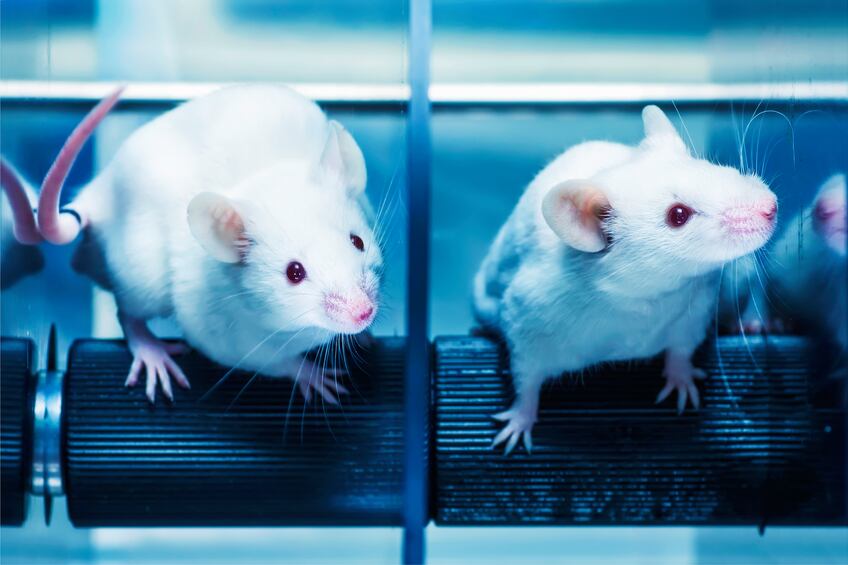The findings outlined by US and Chinese scientists provide further insights into the aetiology of metabolic disorders such as Type 2 Diabetes Mellitus (T2DM) via a new nutrient-sensing pathway.
These insights may well revise current assumptions about how muscles use glucose in a feedback loop as well as its role in whole-body glucose homeostasis.
"We found that skeletal muscle cells have machinery to directly sense glucose -- in a certain sense it's like the muscles can taste sugar, too," said senior study author Dr Jiandie Lin, a faculty member at University of Michigan Life Sciences Institute.
Raised blood glucose levels post-meal is the main symptom of T2DM. Elevated high blood sugar levels long-term (hyperglycaemia) can lead to serious health issues such as nerve damage or kidney failure.
Knockout mice

The team from the University of Michigan and Zhejiang University in China began looking at the contributions of the glucose-sensing pathway in skeletal muscle by silencing an important gene—BAF60C—in cell cultures and in laboratory mice.
Along with the gene HDAC5, BAF60C is thought to indirectly activate the enzyme AKT and promotes glycolysis in muscle cells.
Some of these mice were fed a high-fat diet to induce obesity. Later, they developed trouble disposing of the additional glucose after a meal.
The currently accepted insulin mechanism was not sufficient to process the glucose on its own.
"We found that the molecular pathway that's engaged by glucose in muscle cells, at least the initial steps, is very similar to what happens in the beta cells in the pancreas," added Dr Lin, who is also a professor of cell and developmental biology at the University of Michigan Medical School.
"It's amazing how subtle changes in glucose can be detected throughout the body," Lin said. "Beta cells respond, nerve cells respond, and now we know that muscle cells respond directly, too."
T2DM in Europe
Metabolic syndrome has become a global epidemic that markedly increases the risk for T2DM, cardiovascular disease, and non-alcoholic steatohepatitis.
T2DM is one of the fastest growing diseases in Europe with about 60 million people currently afflicted.
The World Health Organization (WHO) projects diabetes deaths will double between 2005 and 2030.
Being overweight or obese is an important risk factor for diabetes. It is estimated that about 10.3% of men and 9.6% of women aged 25 years and over in the European Region have the condition.
Impaired muscle insulin action is an early hallmark of obesity-associated metabolic disorders.
Skeletal muscle insulin resistance has been associated with reduced mitochondrial oxidative function, and a shift from oxidative to glycolytic muscle fibre type in patients with T2DM.
“The engagement of this nutrient-sensing pathway results in glucose-stimulated AKT activation that acts with insulin to promote muscle glucose uptake,” the study concluded.
“As such, muscle-specific transgenic activation of this pathway improved postprandial glucose clearance, whereas its deficiency impaired insulin action, leading to glucose intolerance.”
Source: Molecular Cell
Published online ahead of print: doi.org/10.1016/j.molcel.2017.04.007
“Glucose Sensing by Skeletal Myocytes Couples Nutrient Signaling to Systemic Homeostasis.”
Authors: Jiandie Lin et al.
